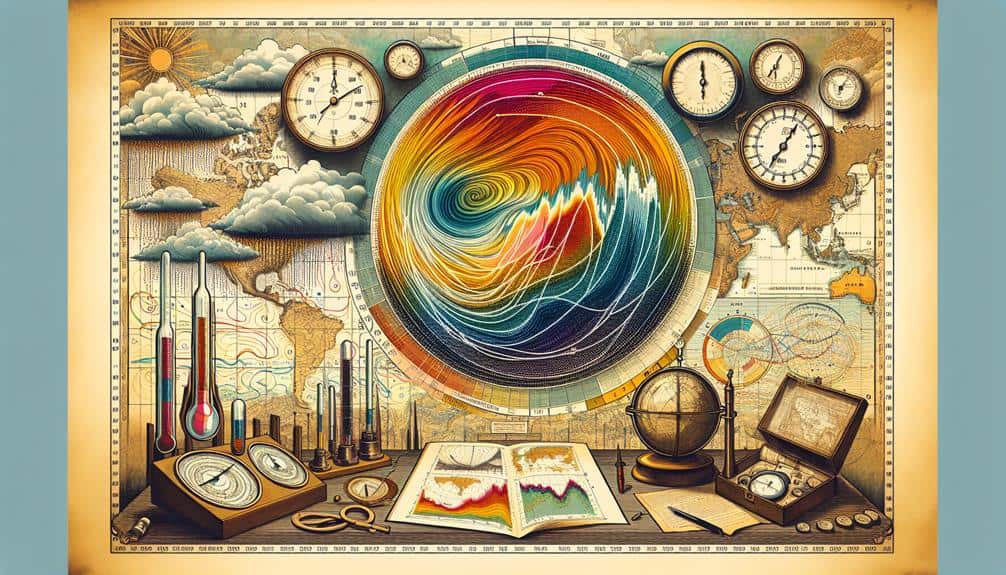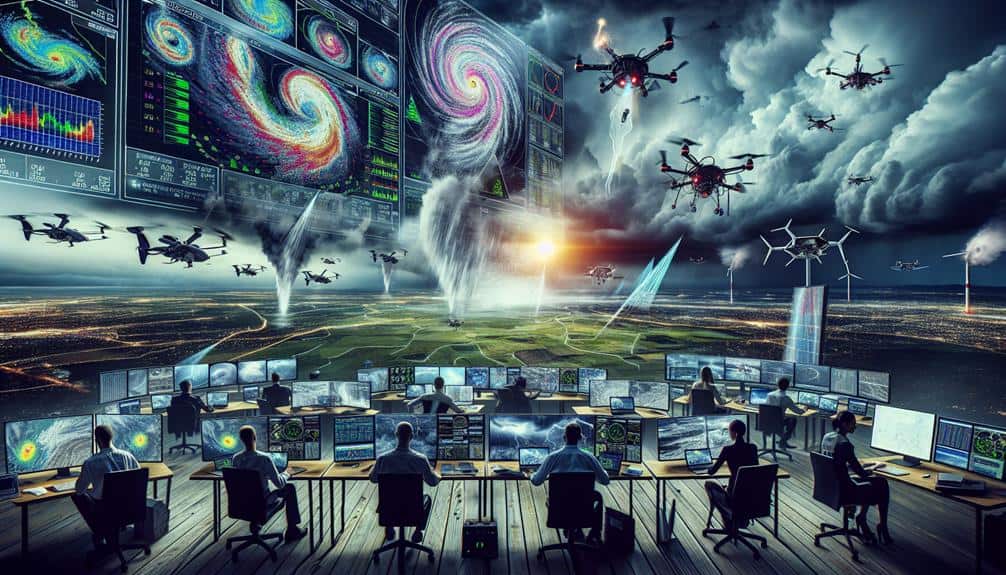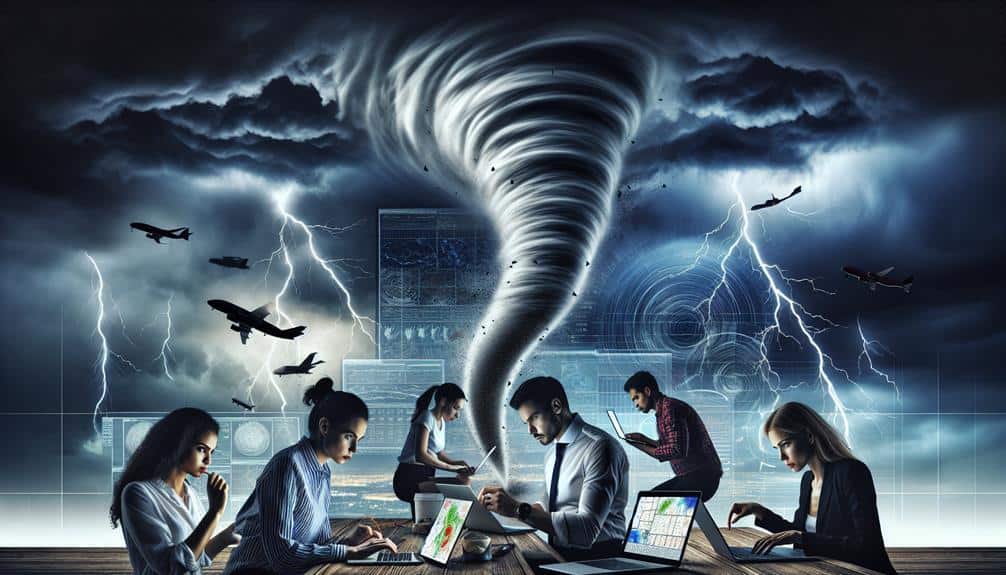The Influence of Meteorological Data on Storm Chasing
We depend on precise meteorological data to greatly improve the effectiveness and safety of storm chasing. Accurate forecasts, achieved through the use of advanced Doppler radar systems and portable weather instruments, allow us to predict storm paths and intensities with minimal error. Real-time data and live weather monitoring enable instant decision-making and quick adjustments to […]
The Influence of Meteorological Data on Storm Chasing Read More »








